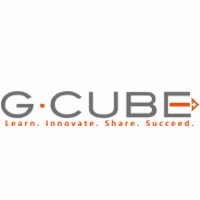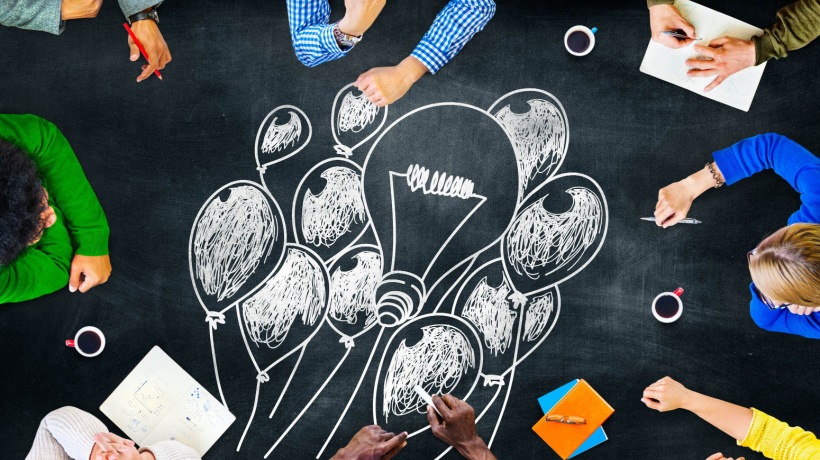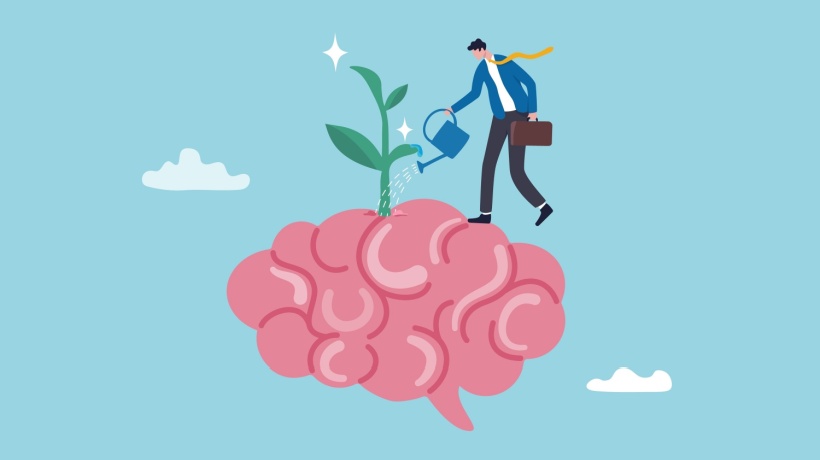Why A Continuous Learning Mindset Is Crucial
Ever given much thought to how valuable employees’ skills would remain over time? The half-life of professional skills was once 10 to 15 years, and now it is just five! Well, this means that any new skill acquired, over a period of five years, becomes half as relevant as it was when it was acquired.
So, to stay professionally relevant and competitive, the rate at which the employees must learn new skills is increasing rapidly. Therefore, they seek employers who offer an environment conducive to consistent learning and enhancement of their skills. As per research, 94% of employees [1] would stay at a company longer if it invested in their learning and development.
Why Is Continuous Learning Important?
Continuous learning allows organizations to maintain higher levels of employee knowledge and skills through consistent reinforcement. Without continual learning, changes aren’t adopted, and innovations don’t happen. If organizations want to outperform the rest, they must embed a culture of continuous learning into everything they do.
A culture of continuous learning thrives on an organization’s open-mindedness, persistent yearning for knowledge, and the learnings that take place within the work environment. A common thread that binds all of these is employees’ inherent urge to constantly be a "work in progress" and acquire knowledge to seek potential development. Learning cannot be finite. Rather than a mere tick-the-box task, continuous learning is the goal itself.
In these times, an organization’s learning culture is what drives workforce performance. Any investment in human knowledge will always yield higher returns in terms of productivity over the long run. Continuous learning may also be called "compound" learning as the yields may appear to be slow initially, but they are compounded over time because skills enhance skills and knowledge helps gain more knowledge. It enhances workforce performance by helping make sound decisions and delivering better products, services, and experiences.
Organizations with a culture of continuous learning see:
- Improved responsiveness and adaptability
- Increased innovation
- Greater employee retention
- Reduced costs
- Improved performance
As mentioned, performance is precisely what learning is about. It is the ultimate measure of whether learning is helping the business.
Why Is Performance A Concern?
Learning does enhance performance but not all learning leads to improved performance. It is important to understand:
- What is being learned?
- Is it in line with employees’ performance goals?
- The time it takes for employees to learn and be able to perform.
This is a huge concern for organizations. Brandon Hall Group’s Learning and Performance Study found that less than one-third of companies believe that their talent development objectives are strongly tied to learning objectives. It means that many organizations feel that there is little connection between the learning programs that are designed to improve employees’ skills and how they are supposed to demonstrate those skills and competencies. It becomes important for employees to understand what is required of them to address the performance gaps and get better at what they do.
To enhance workforce performance and ensure success, organizations must have a mechanism to track performance. Performance is a goal that is achievable through learning. It is something tangible and measurable. The outcome of learning must be performance. Research by Brandon Hall Group shows that the link between learning and performance improves performance 95% of the time [2].
An integrated performance and learning process that identifies the employee’s objectives provides them a clear pathway to success. Besides, it enables managers to become better development coaches by helping them identify strengths and weaknesses, initiate feedback, and assign relevant learning.
When learning and performance are linked, it pulls all the employees together in the same direction and to the best of their individual capacities. As Henry Ford says, Coming together is a beginning; keeping together is progress; working together is success.”
References
[1] 2018 Workplace Learning Report
[2] Measuring the ROI of Informal Learning










